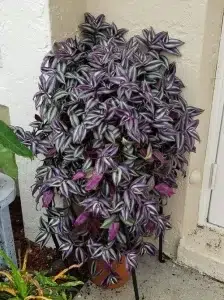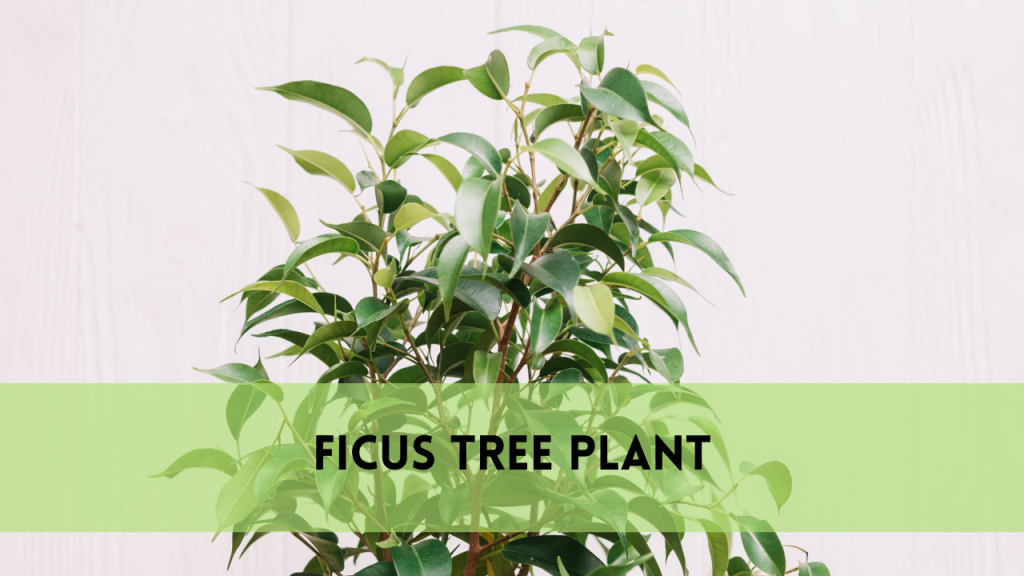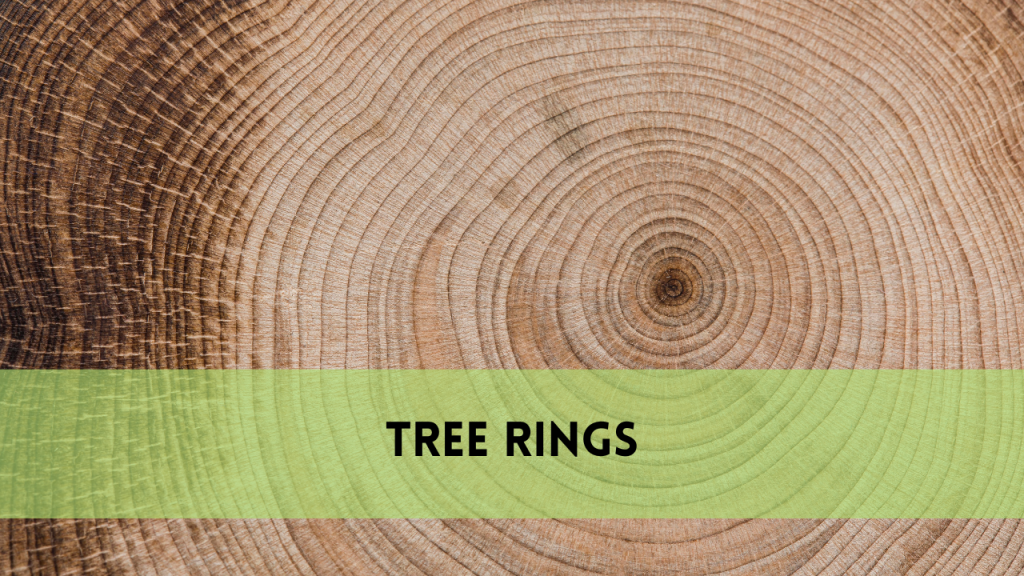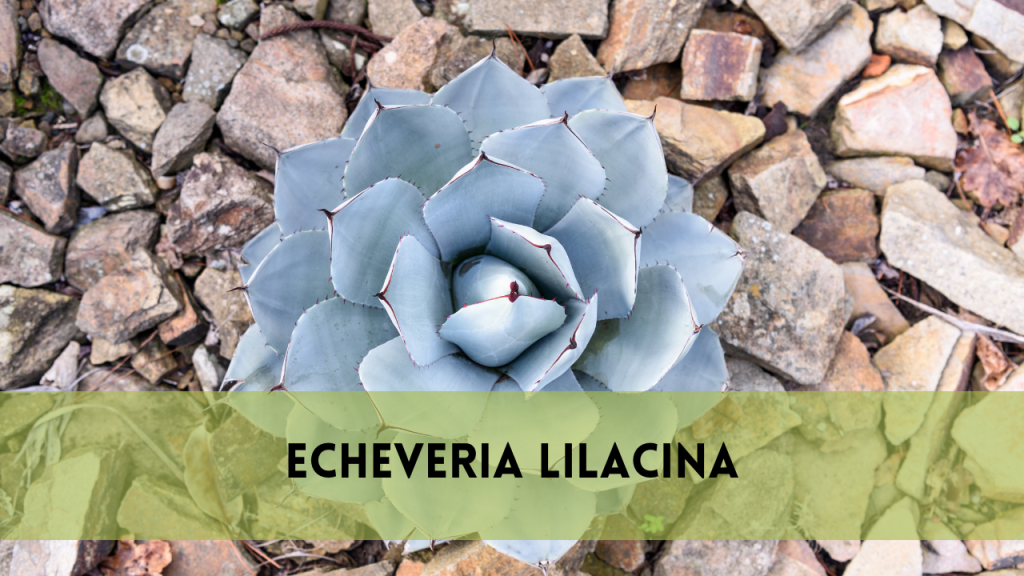How to make wandering jew bushy?
The Wandering Jew plant, formally known as Tradescantia, is a popular houseplant recognized for its colorful, variegated leaves and trailing growth pattern. This plant is not only easy to care for, but it also gives a pop of color to your indoor garden. To keep a wandering Jew plant healthy and bushy, it’s important to understand its fundamental needs and development cycles. Arborist Heights will guide you on how to make wandering jew bushy.
How to make wandering jew bushy?
Choosing the Right Environment
Lighting Requirements
thrive in bright, indirect lighting. Adequate lighting is necessary to retain the plant’s vibrant colors and promote dense development. While they can survive low light levels, insufficient light can cause the leaves to lose their brilliant colors and the plant to grow leggy.
Temperature and humidity
Temperature: These plants prefer warm temperatures of 60-80°F (15-27°C). Avoid storing them in areas with drafts or extreme temperature swings.
Humidity: Wandering Jew plants thrive under heavy humidity. Regular misting or placing the pot on a tray filled with pebbles and water can help to maintain the required moisture levels.
Soil and Potting
Understanding Their Composition
For best results, plant your Wandering Jew in well-drained soil. A mix developed for houseplants, mixed with some perlite or sand, provides adequate aeration and drainage. This prevents waterlogging, which can cause root rot.
Pot Selection
To prevent water from gathering, choose a pot with enough drainage holes. Every 1-2 years, or when the plant becomes root-bound, repot it to provide fresh soil and more space for growth.
Watering and feeding
Watering schedule
Maintaining consistent moisture is essential, but avoid overwatering. When the top inch of soil seems dry, give the plant plenty of water. During the growing season (spring and summer), increase watering frequency, but decrease it during the dormant season (autumn and winter).
Fertilization
Throughout the growing season, feed your Wandering Jew plant with a balanced, water-soluble fertilizer every 2–4 weeks. Over-fertilization can harm the plant, so stick to the suggested dosage on the fertilizer packaging.
Pruning makes wandering jew plants bushy
Pruning regularly promotes the formation of new branches, which encourages bushy growth. Here’s how to prune your wandering Jew for the most business:
Trim Back Leggy Stems: Using clean, sharp scissors or pruning shears, clip back leggy or overgrown stems just above a node. This promotes fresh growth from the cut spot.
Pinch Back Tips: Regularly, pinch back the stem tips. This helps the plant branch out, giving it a fuller appearance.
Remove Dead or Damaged Leaves: To keep the plant looking healthy and attractive, remove yellowing or damaged leaves regularly.
Propagating the Wandering Jew
Propagation is a great strategy to grow your wandering Jew, develop new plants and make it bushy. The most efficient way is through stem cuttings.
Healthy stem: Choose healthy stems that are at least 4-6 inches long.
Cut Just Below a Node: To cut just below a node, use sterile scissors.
Root in Water or Soil: Immerse the cuttings in a glass of water or moist soil. If you use water, change it every few days to prevent stagnation. Roots should appear in a few weeks.
Transplant: Once the roots have grown well, place the cuttings in a container with fresh, well-drained soil.
Dealing with common problems
Pesticides and diseases
Spider mites, aphids, and mealybugs can all harm Wandering Jew plants on occasion. Regularly, inspect your plant for signs of infestation and treat it with insecticide soap or neem oil as needed.
Overwatering or poor drainage often results in yellow leaves. Make sure your plant is in well-drained soil and that you let it dry out between waterings.
Brown tips are usually the result of low humidity or underwatering. Increase the humidity around the plant and alter your watering schedule to match.
Seasonal Care Tips
Seasonal care tips are very important to make wandering jew bushy. One must follow proper seasonal care for better results.
Winter Care
Wandering Over the winter, jew plants go into hibernation. Reduce watering frequency and discontinue fertilization. Ensure the plant remains warm and humid.
Summer Care
Because of increased evaporation, you may need to water more regularly in the summer. Avoid exposing the plant to direct midday sunlight, as this could potentially scorch the leaves.
Enhancing Aesthetic Appeal
Display and Arrangement
To enhance the visual appeal of your Wandering Jew plant,
Hanging baskets: The plant’s trailing stems cascade gracefully when displayed in hanging baskets.
Grouping: Combine with other houseplants of varied heights and textures to create a rich indoor garden atmosphere.
Complementary Plants
Pairing your Wandering Jew with plants that require similar care, such as spider plants or pothos, can result in a visually beautiful and coherent plant display.
Related Posts:
FAQS
How frequently should I prune my Wandering Jew plant to keep it bushy?
Pruning is vital to make wandering jew bushy. To enhance branching, pinch back the tops of the stems every few weeks. Additionally, prune more extensively every 2-3 months, cutting down any lanky or overgrown stems immediately above a leaf node. This continuous trimming promotes fuller development while keeping the plant from becoming overly lanky.
What fertilizer works best for a bushy Wandering Jew plant?
To promote lush, bushy growth, apply a balanced, water-soluble fertilizer with equal parts nitrogen, phosphorus, and potassium. Feed your plant every 2–4 weeks during its growing season (spring and summer). Over-fertilization can cause nutrient burn and have a detrimental influence on plant health, so use caution. Always follow the fertilizer box’s suggested dosage.
Can I use artificial light to make my wandering Jew bushier?
Yes, artificial light can successfully supplement natural light, particularly if your interior area does not receive enough sunlight. Full-spectrum grow lights can provide the necessary light intensity and spectrum, mimicking natural sunlight. Position the grow lights 6–12 inches above the plant and leave them on for 12–16 hours daily. This ensures that the plant receives enough light to support healthy, bushy growth.
How do I increase the humidity around my Wandering Jew plant to make it bushier?
Wandering Jew plants flourish in high-humidity conditions. To increase the humidity.
Misting: Regularly, spray water on the plant.
Pebble Tray: Place the pot on a tray packed with pebbles and water, making sure the pot’s bottom does not touch the water.
Humidifier: To keep the humidity level consistent around the plant, use a room humidifier.
Group Plants: Putting many plants together might produce a microclimate with increased humidity levels.
Consistent humidity supports vivid foliage and promotes dense growth.
What should I do if my Wandering Jew plant becomes too leggy despite proper care?
If your Wandering Jew plant becomes leggy despite your efforts, you can take the following actions to restore its bushy appearance:
Evaluate Light Conditions: Make sure the plant is getting enough bright, indirect light. If required, relocate it to a brighter spot or install grow lights.
Increase Pruning Frequency: Trim leggy stems more frequently to promote new growth from the base.
Check watering practices: Make sure that you are not overwatering or underwatering. Adjust your watering plan so that the soil is regularly moist but not saturated.
To create new plants, propagate healthy cuttings from the leggy stems. To give the plant a better appearance, replant the cuttings in the same or a new container.
Conclusion
To grow a bushy, lush Wandering Jew plant, you must first understand its special requirements and provide constant care. You may support vigorous growth and beautiful foliage by focusing on proper pruning techniques, following the correct fertilizer plan, ensuring adequate light exposure (including artificial choices when necessary), maintaining optimal humidity levels, and resolving any issues as soon as possible. With these recommendations and a consistent care schedule, your Wandering Jew plant will thrive, displaying its vivid colors and lush foliage while adding to the attractiveness of your indoor area. Learn about all these tips and information about how to make wandering jew bushy through Arborist Heights.





